Designing 400 projects at a time "relaxes me" says Nendo's Oki Sato
Milan 2015: prolific design studio Nendo has launched over 100 products during the past year. Founder Oki Sato told Dezeen that he has "no idea" how they managed such a high output and revealed his plans to move into architecture (+ interview).
Sato, who set up Nendo 10 years ago, explained that he is currently working on almost 400 projects. He compared himself to a spinning top in constant motion and a fish that would die if it didn't keep swimming.
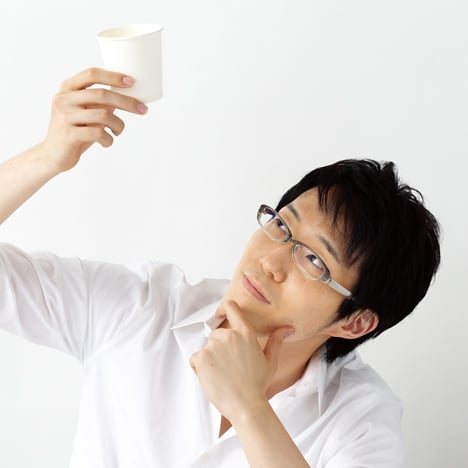
"If I focus on only one or two projects, I can only think about one or two projects," he continued. "When I start thinking about working on close to 400 projects, it relaxes me."
The Tokyo-based designer spoke to Dezeen at Nendo 2014-2015 – a one-year retrospective exhibition of the studio's vast output that took place during Milan design week. Nendo's team of roughly 30 designers and interns has produced over 100 products for 19 brands over the past 12 months, many of which were presented in the showcase.
"I can't keep up," he said. "The more ideas I think of, the more ideas I come up with. It is like breathing or eating."
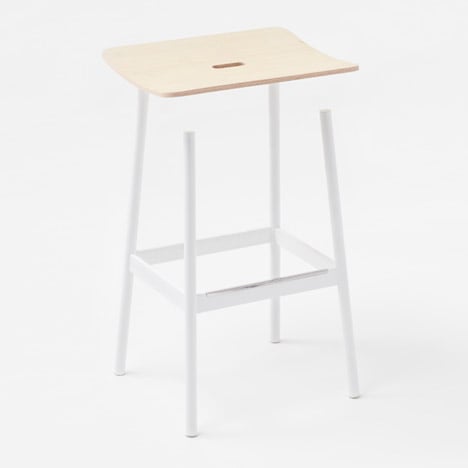
Sato, 37, said that his design process has been sped up by the studio's three 3D printers, which enable him to create quick prototypes overnight and send ideas to locations around the world.
"I could not have done so many projects in one year without my 3D printers," Sato said. "I think it is really changing the way designers work."
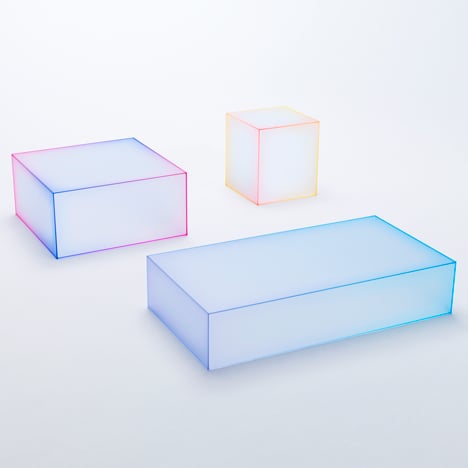
Despite having such a high volume of projects on the go, the studio is broadening its scope to encompass branding, advertising and TV commercials, and architecture, and is planning to open a new Milan office this year.
"We are shifting more into architecture," said Sato, who originally trained as an architect but was inspired to work on smaller products after his first visit to the Milan furniture fair in 2002.
"I felt that I wanted to exhibit in Milan so I said 'OK, I can think about architecture later'," he said.
Nendo is currently working on a shopping centre in Bangkok, a station and leisure complex in Kyoto and a series of private homes.
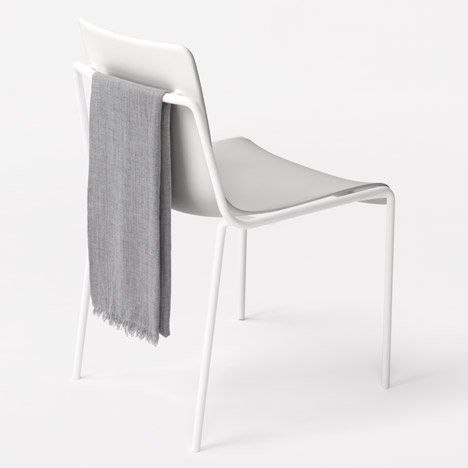
Read an edited version of our interview with Oki Sato below:
Dan Howarth: Tell me about the Nendo 2014-2015 exhibition.
Oki Sato: We collected the main pieces that we have done in the past year, collaborations with a lot of European clients of course, with Japanese companies as well.
The big thing was about working with Glas Italia. We have been working with Glas Italia for the past three years I think, and it was about experimenting using sheet glass. We noticed that they had a lot of interesting techniques and we started mixing those different techniques and trying to experiment with what we could do through sheet glass. So we ended up with nine different collections and presented them downstairs in the big exhibition.
The upper floor is dedicated to the other clients, we are showing the pieces that we have done for Moroso, Alias or Cappellini for example. And we have another space for the Expo.
We noticed that the Expo won't open for six months – that is how it seems! I was saying yesterday: "I'm not sure if it's going to open". But at least I am working inside of the Japanese pavilion. I am working on small pieces, objects that we have designed collaborating with Japanese craftsman to create 16 objects, so we brought them here as well.
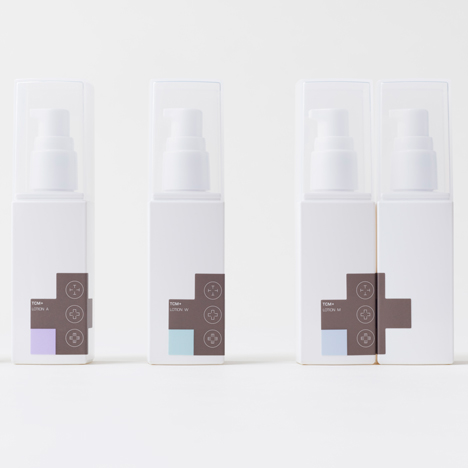
Dan Howarth: How are you able to design and produce the volume of stuff that you do?
Oki Sato: I have no idea. It is hard work I guess. I am just addicted to design. I just keep on designing every day, 24 hours a day. At the end, you end up with a lot of projects. Every project is different and it excites me every day.
Dan Howarth: Do you have a big studio team that supports you?
Oki Sato: It's a team of roughly 30 designers, including interns as well. But we have been about 30 for the past three years.
Dan Howarth: So you haven't grown substantially?
Oki Sato: Not much. But we will open a studio so that five or six designers can work in Milan. We are still working on the construction. It was supposed to open [in April] but it's going to take a bit longer.
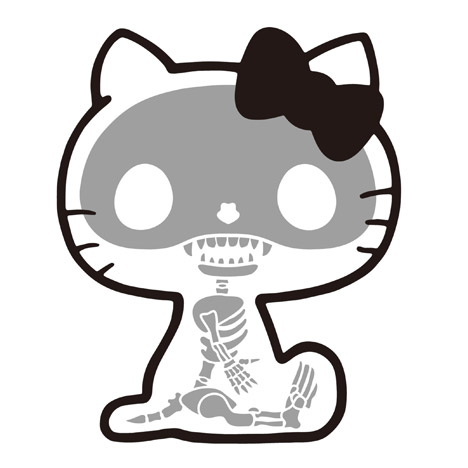
Dan Howarth: Do you ever worry that by doing so much that the ideas might get diluted along the way?
Oki Sato: That is something that a lot of people worry about but at the moment, the more ideas I think of, the more ideas I come up with. It is like breathing or eating or something.
If I focus on only one or two projects, I guess I can only think about one or two projects. When I start thinking about working on close to 400 projects, it relaxes me. It's like a top; when it is spinning very fast it is stable and when it starts to spin slowly it starts to get wobbly.
It's also like a fish that has to keep on swimming or it dies. I feel some sort of similarity between myself and that fish.
Dan Howarth: What are you currently working on that you are particularly excited about?
Oki Sato: We have been focusing on the Expo in Milan for the last few months, but we'll be opening some stores in Tokyo as well for cosmetics. We will be launching the perfume bottle for Kenzo in the next few weeks. A lot of projects going on. I can't keep up.
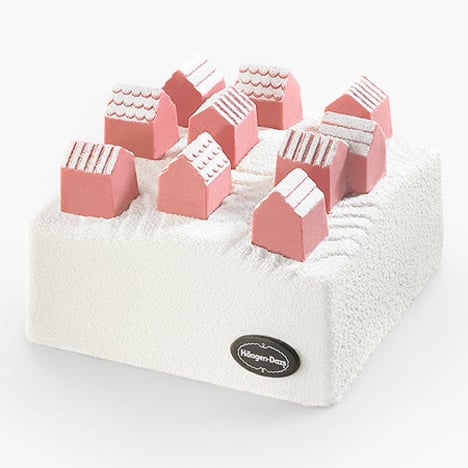
Dan Howarth: Are there any products that you are particularly interested in designing over others?
Oki Sato: We are shifting more into architecture. We are working on a big shopping centre in Bangkok at the moment. We are designing a station with parks and cafes and theatres and stuff like that, very close to Kyoto in Japan.
We are going to start working on private houses as well. So that is one thing.
The other thing is that we are going to start working more in branding and consulting. Design consulting for a lot of big Japanese companies. It is getting very dynamic. It is not only about designing one single object – we have to design the entire company and we have to take care of space design, objects, branding and whatever. It is really expanding.
Dan Howarth: Did you train as an architect?
Oki Sato: Yes. I guess when I design furniture or chopsticks I try to think in an architectural way.
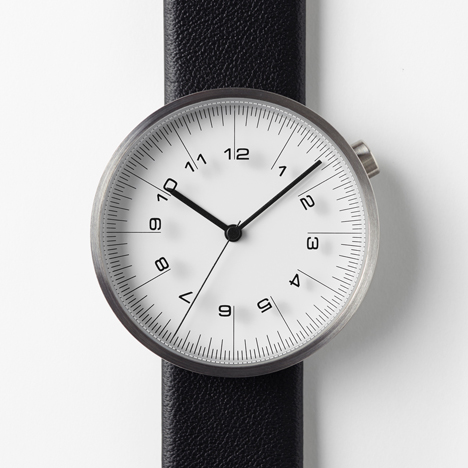
Dan Howarth: Is there a reason why you decided to focus more on products and furniture earlier on?
Oki Sato: It was Milan; it was the furniture fair. I was thinking I would become an architect and I was in Milan in 2002, 13 years ago. I was so excited that architects were designing teacups and everyone was designing things so freely.
I felt that I wanted to exhibit in Milan so I said: "OK, I can think about architecture later." I made some three, four private houses in the beginning but I was really interested in design.
Dan Howarth: And do you think that Milan is still the best platform to exhibit at?
Oki Sato: For me, yes. But I am not sure that it is still the best place for everyone. This is my hometown in a way so it's very important for me.
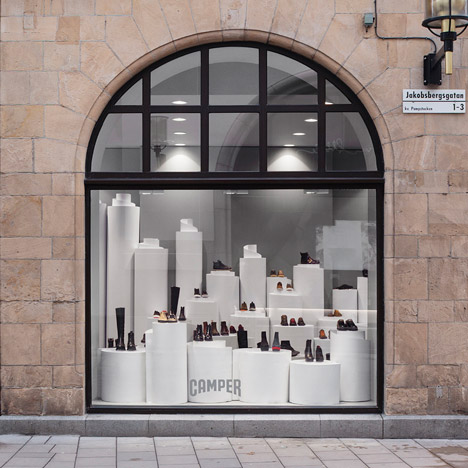
Dan Howarth: So now you're expanding to encompass everything from buildings right the way down to chopsticks?
Oki Sato: Right. And we have to design TV commercials as well in Japan. And sometimes I show up in the TV commercials. It is totally crazy and doesn't make sense at all. I think: "What am I doing? I am designing the commercial and I am showing up in the commercial as well."
Everyone is getting more interested in design now in Japan and there are so many different ways of communicating with people through design. It is really interesting.
Dan Howarth: Do you use 3D printing a lot for prototyping?
Oki Sato: Yes, we have three 3D printers in our studio and it works 24 hours a day. When I come up with an idea, we do these stupid sketches and then next day we end up with a physical model that we can start testing.
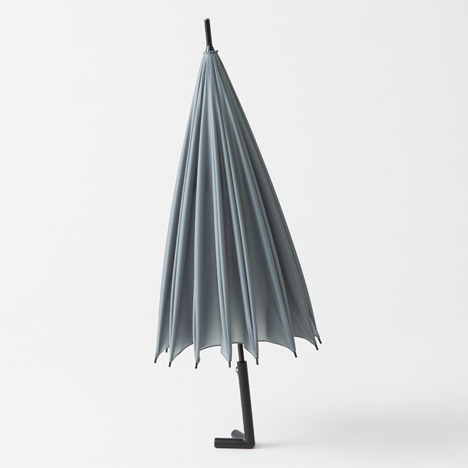
Dan Howarth: Has 3D printing sped up the design process for you?
Oki Sato: Yes, definitely. I could not have done so many projects in one year without my 3D printers. I think it is really changing the way designers work. Having Skype and 3D printers, I can send 3D models. I can send data to Milan and then they can print that here in Milan as well.
Before I would have my models sent to my hotels because I would spend every day in a different [hotel]. Then after I checked it I would destroy it and then I go to the next hotel and there would be another box, I would check it and then Skype [my team] and then destroy it again. It is like a stupid James Bond movie.
Now I can print it here in Europe so it is getting much more easy. The quality gets much higher because I can test it so many times.
Dan Howarth: Ross Lovegrove told me that design schools don't put enough focus on digital design and production. Do you think this is a problem?
Oki Sato: Yes, I think that within a few years it will be. How you use 3D printing is like how you can sketch. It's almost the same I guess.
We have an internship system inside of Japan now and we pay students. They will come to our studio for two weeks. I give them real projects but we teach them how to make renderings and how to use the 3D printers and it's very important to train them I guess because in Japanese schools they don't really teach them how to use 3D printers.